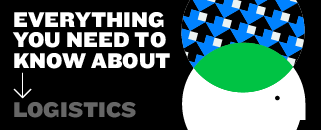
Aircraft maintenance technician
Other denominations
AMT
Description
Aircraft maintenance technicians are responsible for the maintenance of the mechanical and electronic components of aircrafts. This occupation is divided into three specialty areas: Avionics, which refers to the maintenance of the flight and communication instruments (radar, altimeter, etc.); Airframe maintenance, which deals with the structural parts of the plane, for instance the ailerons or the undercarriage; and finally, Engine maintenance. The EASA regulations (Part 66-B), formerly known as the JAR (Joint Aviation Requirements) establish the various spheres of activity and capabilities of the aircraft maintenance technician, which vary according to the specialty and category chosen. To this effect, the types of aircraft maintenance licences available, according to each category's privileges and responsibilities, are the following: A, B1 and B2 (avionics) and C. Category A corresponds to a mechanic helping to perform minor scheduled line maintenance. This level licence does not entitle the holder to issue a certificate of release to service. Category B1 corresponds to a certifying technician, with the ability to carry out maintenance on the airframe structure, drive engine and mechanical and electrical system, and thus requires more experience. This level licence entitles the holder to issue a certificate of release to service, once the specific problems detected in the operation of the machine have been repaired. These two categories (A and B) are subdivided based on a combination of the type of engine and aircraft: - Licence A1 and B1,1 for aeroplanes and A3 and B1,3 for helicopters; with turbine engines. - Licence A2 and B1,2 for aeroplanes and A4 and B1,4 for helicopters; with motor piston engines. Category corresponds to a certifying engineer. Aeronautical engineering qualifications are required in order to obtain this licence. This is the level which gives holders the most privileges, allowing them to issue a certificate of release to service for a craft after it has been thoroughly examined (following base maintenance). The directives also regulate the maintenance organisations for management of airworthiness (Part M-B) and maintenance (Part 145-B). It must be emphasised that integration is of vital importance for this role, since it involves an extensive team made up of people with national and technical backgrounds that tend to vary significantly.
Tasks
- Revise, and sometimes repairs, elements of the aircraft according to instructions produced by the technical office of the company, following the specifications established for each model of aircraft and the maintenance programme designed by statutory authorities. Inspections are more or less thorough, according to the type of aircraft, as every model has specific protocols and characteristics and frequency: weekly, when the plane arrives, before the flight (PFC - PreFlight Check -), etc.
- In category C, the professional is dedicated to producing the documentation of all maintenance work, following the orders of the technical office and applying the quality protocols that are in force in the company.










 | Catalan | Beginner
| Catalan | Beginner | English | Advanced
| English | Advanced
 Open
Open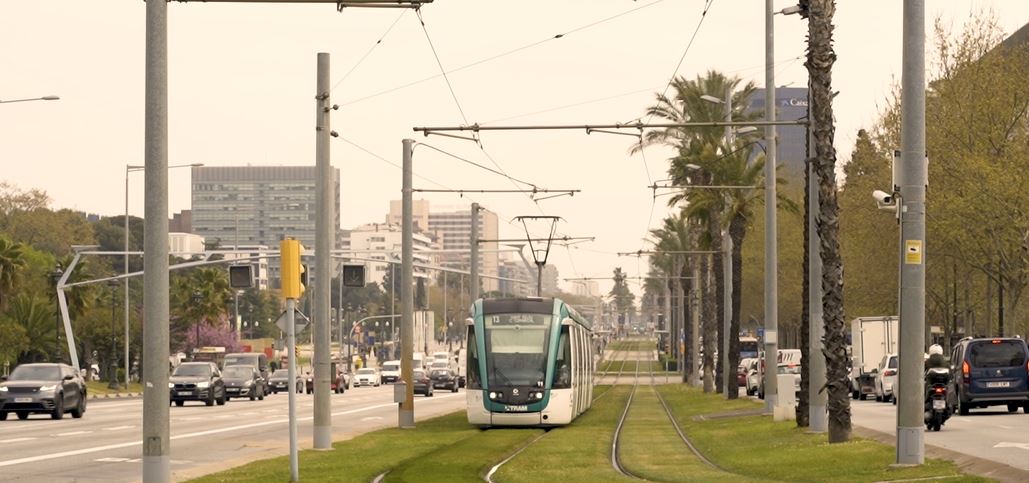
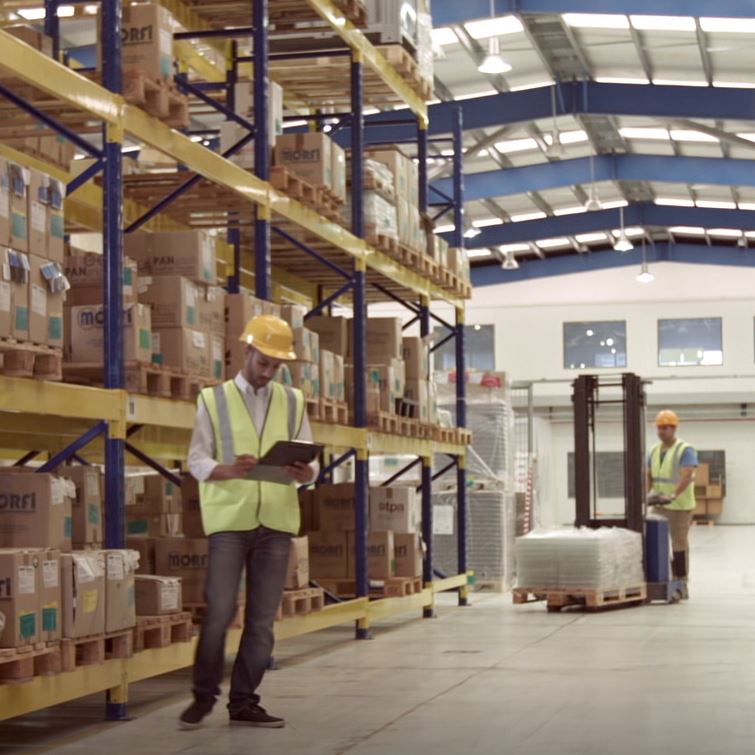
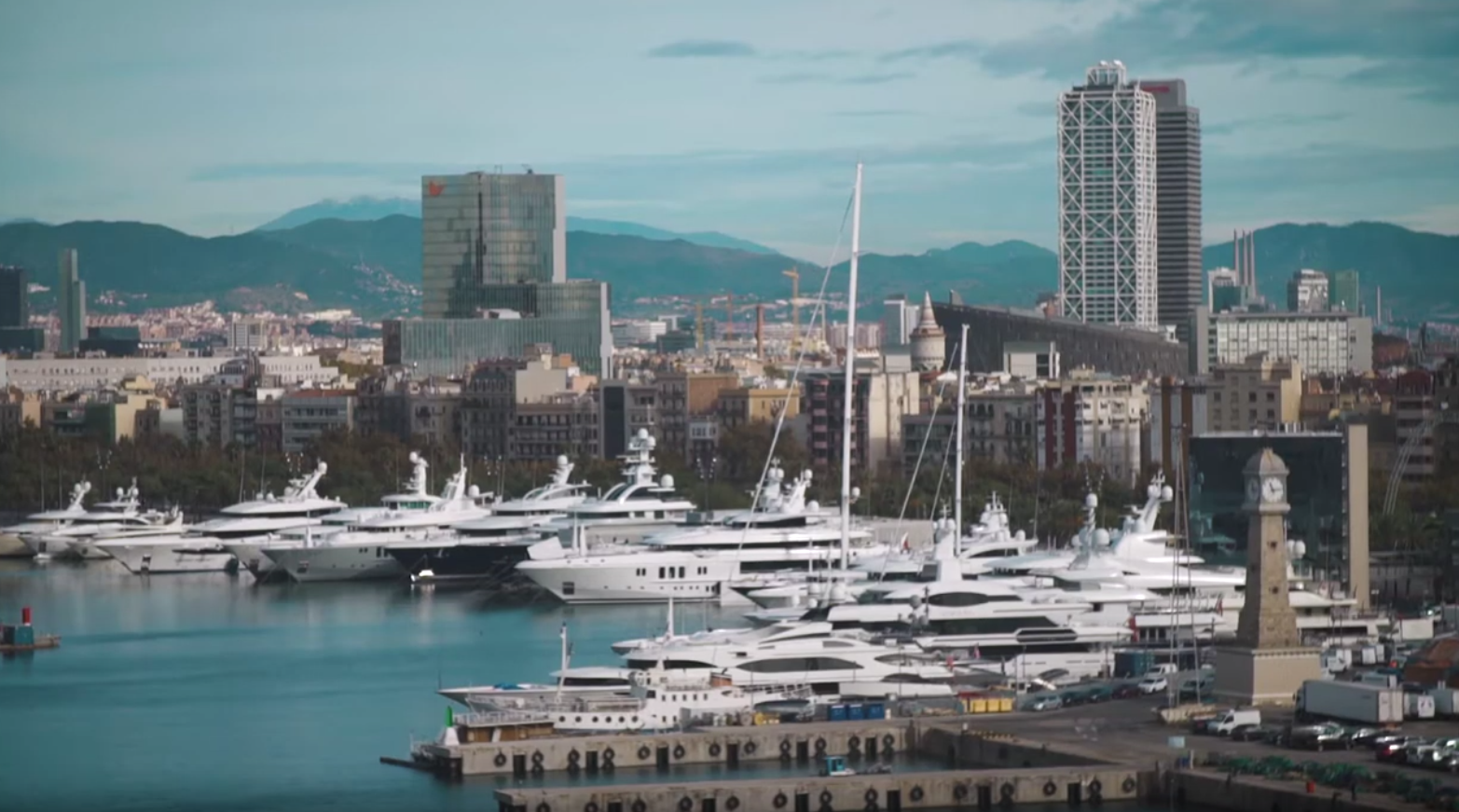
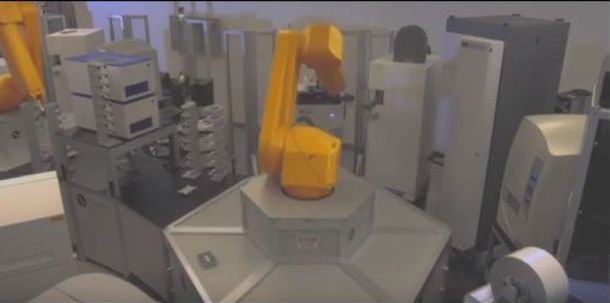
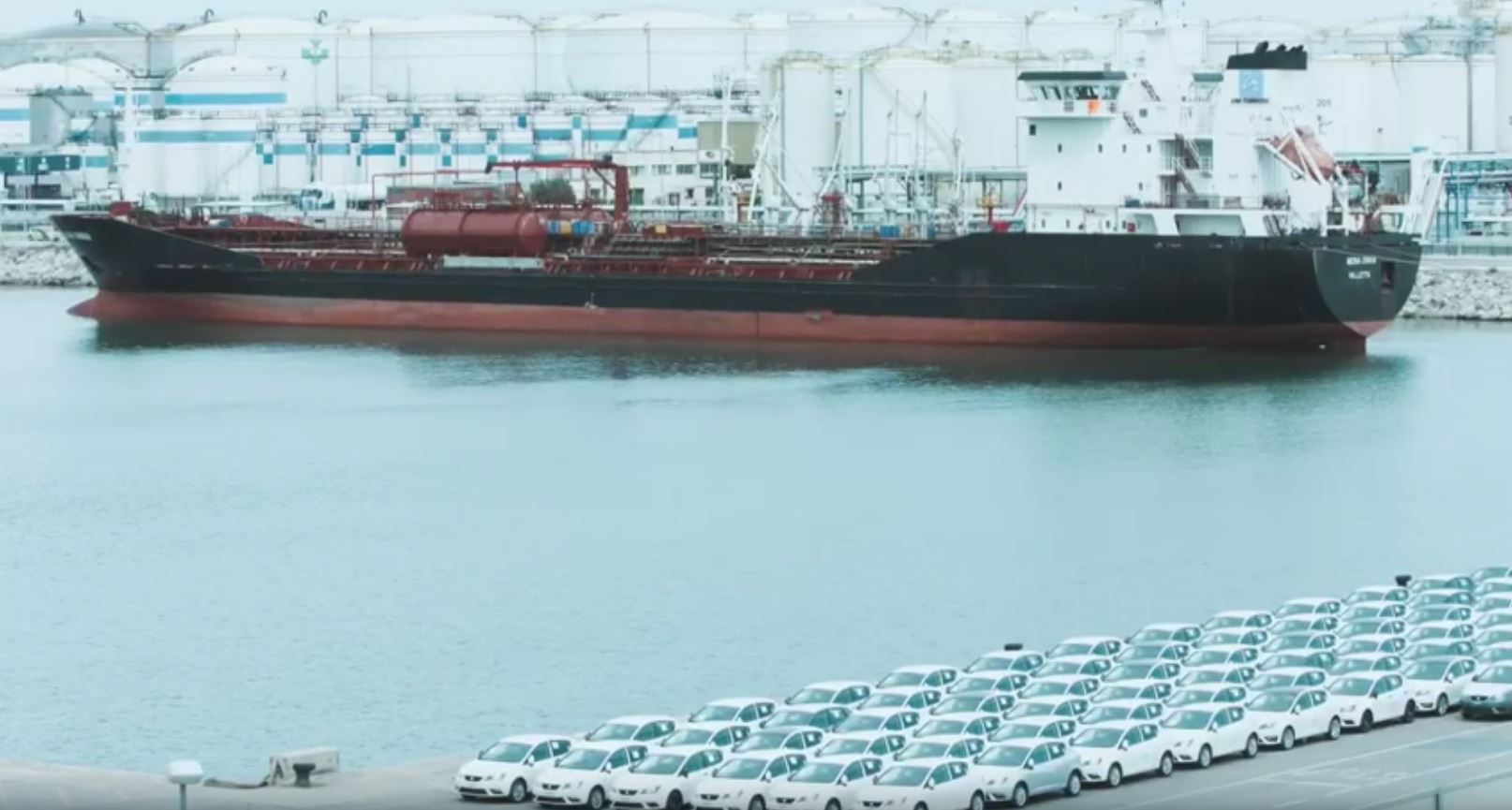
 | Catalan | Beginner
| Catalan | Beginner